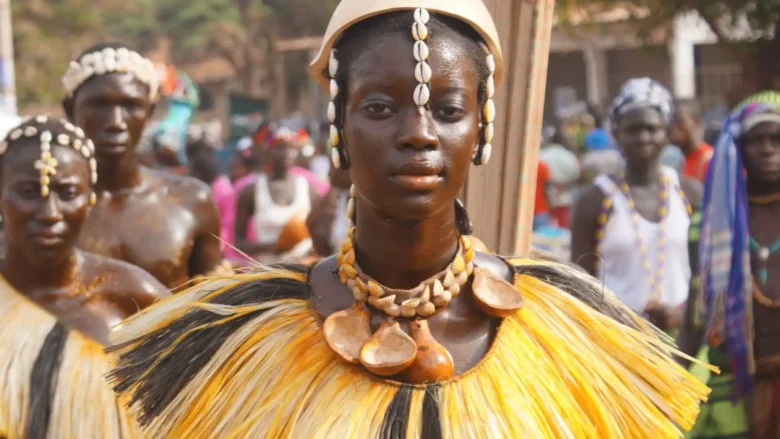Cashews in Guinea-Bissau: An Agricultural Jewel in the Heart of Africa
Introduction to Guinea-Bissau’s Green Gold
Guinea-Bissau, a fascinating country located on the western coast of Africa, is recognized for its rich biodiversity and picturesque landscapes that captivate tourists and entrepreneurs from around the world. However, beyond its natural beauty, Guinea-Bissau is home to one of the most valuable agricultural treasures in the region: the cultivation and processing of cashew nuts. This product, known as “green gold,” is not only a key component in the country’s economy but also a window into the local culture and traditions that every visitor should explore.
In this article, nestled in the comfort of Hotel Ceiba Bissau, we will delve into the fascinating world of cashews in Guinea-Bissau, discovering how this humble dried fruit has become a pillar of the economy and a symbol of hope and progress for many communities.
Cashew: A Crop of Great Value
The Cashew, or Indian Nut, is the fruit of the cashew tree (Anacardium occidentale), native to tropical regions. The edible part of this fruit is the seed, commonly known as the cashew nut, while the fleshy part is called the peduncle and is also consumed locally.
History and Cultivation of Cashew in Guinea-Bissau
Origins and Evolution
The history of cashews in Guinea-Bissau is relatively recent. Introduced in the 20th century during the colonial period, cashew cultivation adapted perfectly to the country’s climate and soil, flourishing rapidly. Initially, its cultivation was rather small-scale and for local use. However, over the years, cashew became a commercially important crop, transforming rural economy and becoming a primary source of income for many farmers.
The Cultivation Process
Cashew cultivation in Guinea-Bissau follows traditional methods, with a strong influence of sustainable agricultural practices. Cashew trees grow in natural conditions, with little need for fertilizers or chemical pesticides, ensuring a final product of high quality and environmentally responsible.
Processing and Export
From Harvest to Market
Once cashews are harvested, a meticulous processing process begins. First, the nuts are separated from the peduncle. Subsequently, the nuts are sun-dried to reduce their moisture content. This process is crucial to preserving their quality and flavor.
The Challenge of Exportation
Despite high international demand, the exportation process of cashews from Guinea-Bissau faces several challenges. These include lack of adequate infrastructure and the need to improve processing techniques to meet international standards. However, the government and various organizations are working to overcome these obstacles, seeking ways to increase the efficiency and quality of the exportation process.
Economic and Social Impact
The cultivation and processing of cashews not only have a significant economic impact in Guinea-Bissau but also a profound social effect. It provides employment and income to thousands of families, especially in rural areas, and plays a crucial role in poverty alleviation. Additionally, the cashew sector is an important driver of development, fostering investment in infrastructure and education.
A Unique Experience for Visitors
For tourists and businessmen staying at Hotel Ceiba Bissau, exploring cashew plantations and witnessing up close the process of their cultivation and processing is an unforgettable experience. It’s a unique opportunity to connect with the local culture and understand the importance of this “green gold” in the lives of Guineans.
Cashew, a Symbol of Hope
Cashew in Guinea-Bissau is much more than an economic crop. It is a symbol of resilience, hope, and progress. As visitors in this beautiful land, we have the opportunity to appreciate not only its commercial value but also the effort, tradition, and passion behind each cashew nut. During our stay at Hotel Ceiba Bissau, witnessing the miracle of the cashew is undoubtedly a unique way to experience and understand the true essence of Guinea-Bissau.



